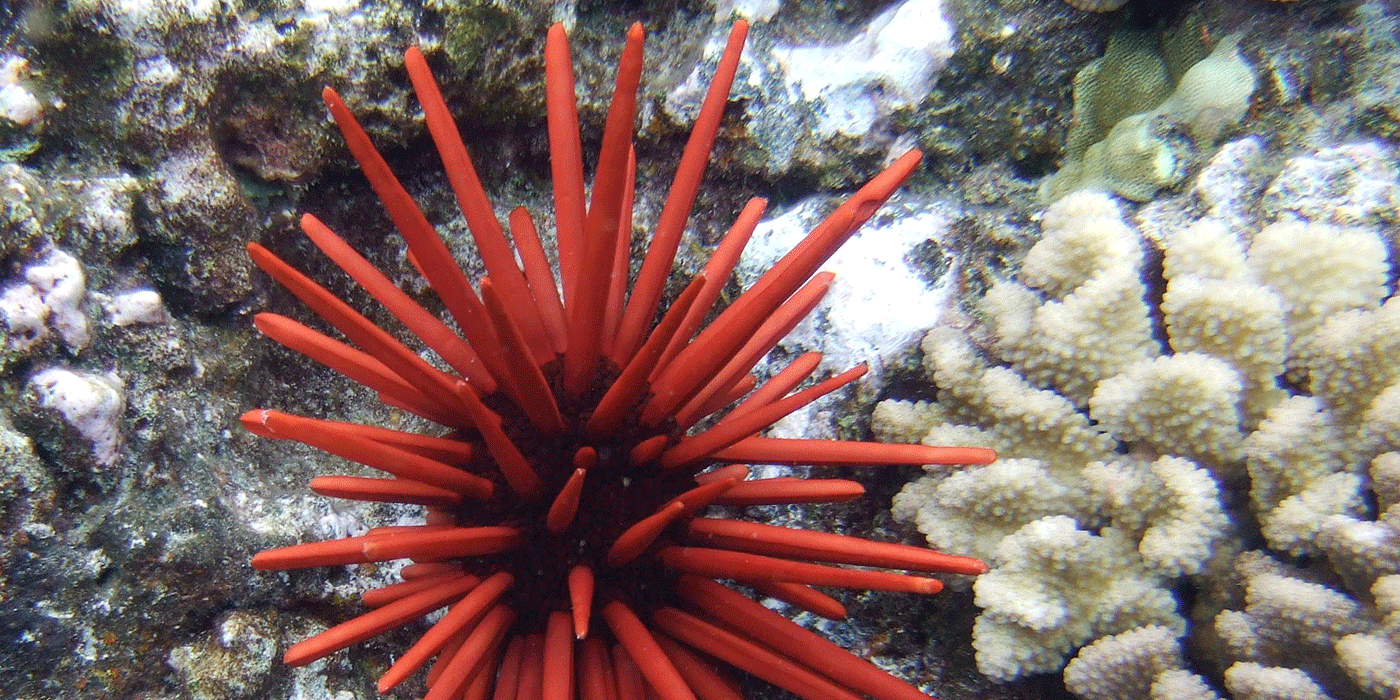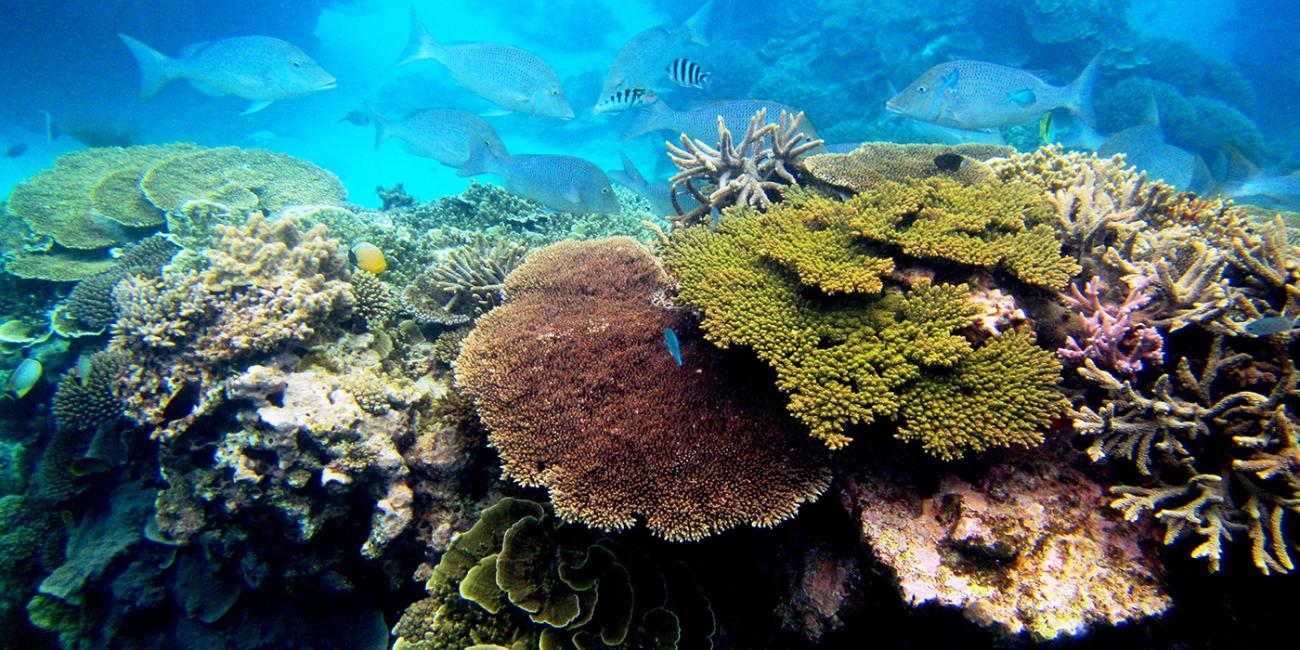Urchin Reproduction and Cryopreservation
Scientists at the Smithsonian Conservation Biology Institute’s Center for Species Survival (CSS) are working to better understand sea urchin reproduction and refine cryopreservation techniques for these key reef inhabitants.
Sea urchins are important grazers that keep algae from overtaking corals and suffocating the reef. They also serve as food for many predators on the reef. Led by CSS scientist Mary Hagedorn and based at the Hawaii Institute of Marine Biology, researchers are expanding genetic banking used on corals to other components of the reef ecosystem, preventing potential gaps in future restoration efforts.
By having frozen embryos available at any time, restoration efforts will not be limited to the urchin spawning season. These and other related techniques may also have applications for human fertility.













